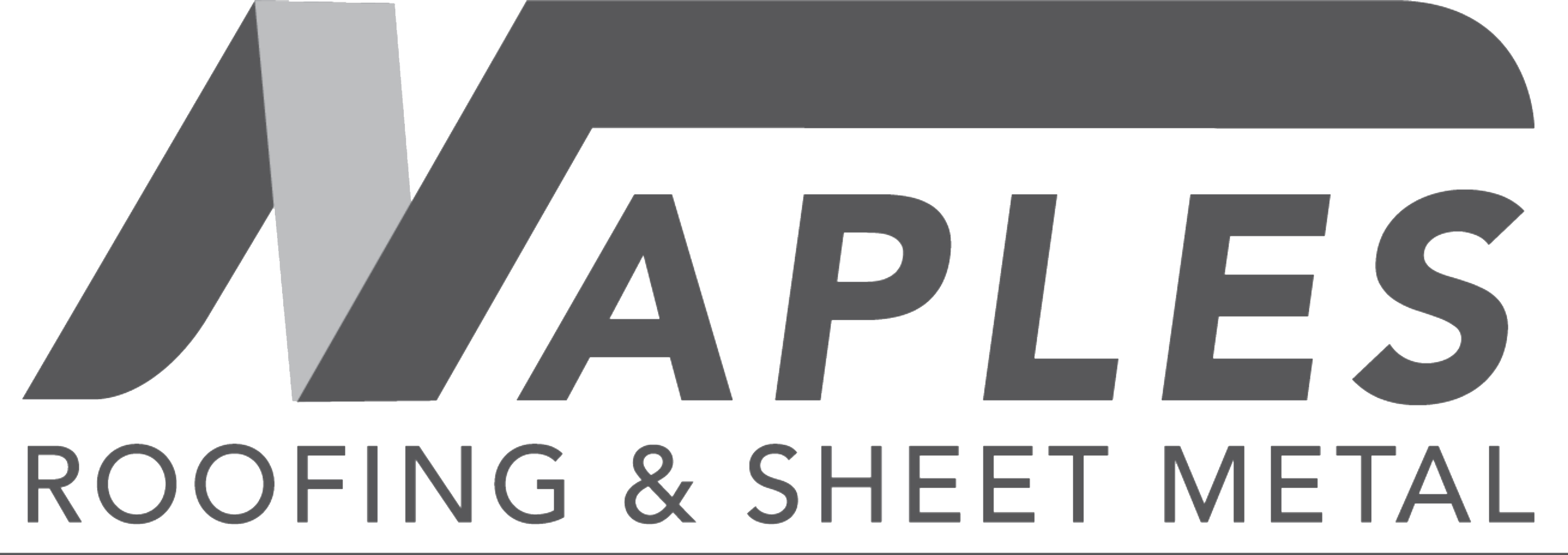Your 2022 Roof Inspection Checklist
High-quality commercial and industrial roofing contractors in the USA can help enhance energy efficiency and protect building interiors for shopping malls, banks, manufacturers, restaurants, and other enterprises. Following a Roofing Inspection Checklist ensures your roof is well-maintained, adding value to your property and protecting it from mold and dampness. A new flat roof costs around $70-$110 per square foot, so it’s a significant investment. Roofing may last longer if properly maintained, saving money for both homeowners and business owners.
Detailed roof inspections are an important aspect of preventative roof maintenance, as they help protect residential and commercial roofs against extreme weather and freeze-thaw cycles. Regular inspections and maintenance can extend the life of PVC roofs to 20-30 years, and TPO roofing to 15-25 years. This guide will instruct business owners on how to conduct a thorough roof check.
What Do Roof Inspectors Look For When They Check Your Roof?
Roof inspectors examine a roof’s overall condition as well as its structural soundness. A thorough examination can identify roof membrane fissures or splits, missing shingles, poor installation, or structural issues like ponding. Inspectors also check for indicators of moisture saturation in the roof’s underlying layers.
Minor flaws can typically be detected and corrected with a thorough check before they become more serious. Thousands of dollars can be saved by commercial and residential owners. When an inspector notices damage, the next step is to figure out where the moisture is coming from and how bad it is. The contractor makes suggestions for repairs, restoration, or commercial roof replacement on the roof inspection checklist form.
What Should a Commercial Roof Inspection Include?
To conduct an in-depth review, many roof inspectors and roofing businesses employ a commercial roof inspection checklist template. This entails inspecting the entire roofing system of a commercial structure.
Interior Roof’s Visual Inspection-
The outer surface of a roof isn’t the only thing to look at during a commercial roofing inspection checklist. Inside a structure, some of the most crucial evidence regarding roof health is acquired. Water stains, mold, corrosion, structural integrity issues, and other symptoms of roof instability are all looked for by roof inspectors.
General Tour Rooftop Surfaces-
A quick visual survey of the rooftop looks for obvious issues like ponding or vegetation development. Debris, hail damage, and other evidence of abuse signal issues that need to be addressing right once. This check can be done by hand or with the assistance of a drone.
Inspection of the Roof Perimeter In-Depth-
Near the roof’s edge, many roofing issues arise. Seams, base flashing, caps, counter flashing, coping, termination bars, and coping joints should all be thoroughly examing. Gutter systems must be correctly installing and free of impediments.
Recent Blog: Importance Of Commercial Roof Uplift Testing
Roof Field Revision with Care-
The main surface of the roof is then thoroughly inspecting. The specific responsibilities vary depending on the type of commercial roofing in use; EPDM roofs require examining for tears in the membrane, while metal roofs require inspecting fasteners and seals.
When it comes to built-up roofing, thermoplastic coatings (TPO), and ballast systems, it’s also important to consider what steps is requires to protect the roof for another season. Is there enough gravel? Is there evidence of chemical corrosion or thermal damage on the roof? This information aids a roof inspector in making reliable suggestions.
Penetrations Inspection-
Another issue with commercial flat roofs is penetrations. To prevent moisture damage, HVAC systems, roof vents, and other penetrations must be securely sealed. Using a TPO Roof Inspection Checklist ensures these areas are properly evaluated. After specialists install any equipment on a commercial roof, contractors should complete a post-installation roofing inspection.
Obtaining Core Samples-
Core samples from important regions is takes during commercial roof examinations. The age and quality of roofing substrates can be determining by inspecting a small section of the roof. Typically, samples are gathered from regions where moisture penetration is suspecting, such as weaker areas where water has accumulated. For every 10,000 sq. ft. of roofing, contractors should collect at least one core sample.
What Is Involved in Roof Inspection Report Template?
Contractors must prepare a complete roof inspection report following the roof inspection. This should provide important information about the roof’s condition to business owners:
- The roof’s overall condition
- Any leaks discovered
- Areas of the roof that have been damaged or are failing
- There may be ponding or other structural issues.
- The findings of the core samples
- All problems are photographed.
The explanatory text should be add to any major difficulties, demonstrating why the problem must be remeding immediately. The inspector’s recommendations for commercial roof replacement, repairs, or restoration should be detail in the report’s final section.
Naples Roofing is among the best industrial and commercial roofers in USA offering roof inspection checklist, replacement, installation, repair, snow removal, tracking, etc. services. Our team has 45 years of experience in offering commercial and industrial roofing services. Contact us for further queries and request an estimate for roofing services!


